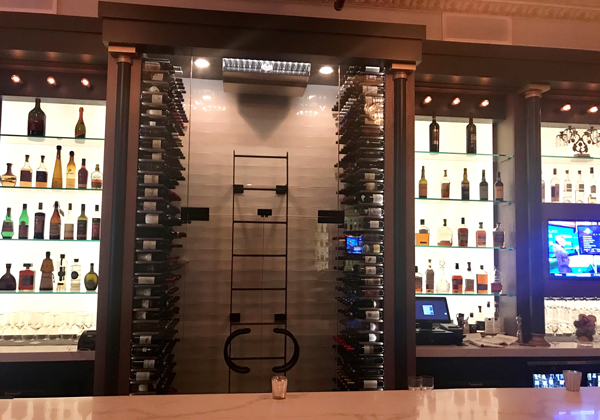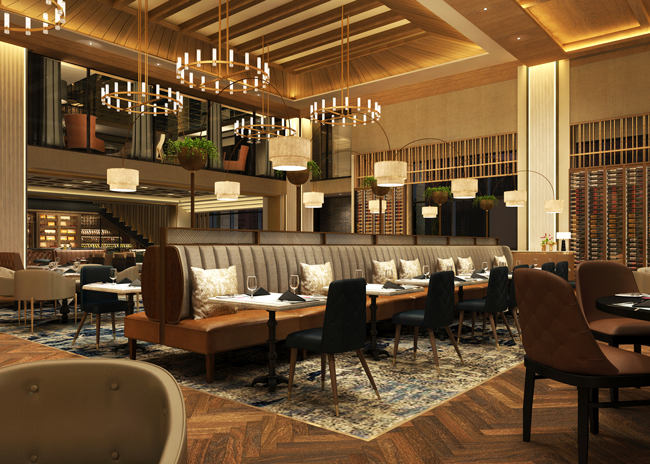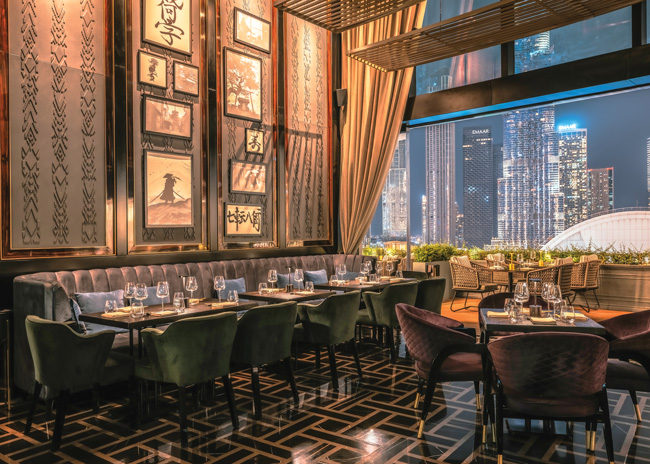A Q&A with Ken Lavery, Marketing and Communications Manager, Special-Lite, Inc.
 Q: What architectural solutions do you provide to the market?
Q: What architectural solutions do you provide to the market?
Ken Lavery: We’re known primarily for our complete entrance systems and interior and exterior doors. We also manufacture toilet partitions and interior aluminum framing systems for glass walls and office fronts. We’re approaching our 50th year of designing and manufacturing these solutions.
Q: What distinguishes your offering from your competitors?
KL: First, I’ll say it is the resilience of our products. We’ve designed them for the rigors of high use. We began in the school market where doors are often abused and always heavily used. We carry on that design tradition in the restaurant market and have added aesthetic elements. That leads me to my second point—our made-to-order business model. We don’t have any cookie-cutter doors, for instance. Each door or pair is designed per your specifications. We offer you choice of door type or construction, finish color and texture, size, hardware, and lites (glass amount, location, style). The same is true for the framing or entire entrance including transoms and sidelites.
 Another grand opening, this one in Clarksville, Tennessee, highlights Special-Lite SL-15 aluminum stile and rail doors in Wood Expressions finish.
Another grand opening, this one in Clarksville, Tennessee, highlights Special-Lite SL-15 aluminum stile and rail doors in Wood Expressions finish.
Q: How do you approach the restaurant market as a supplier?
KL: All of those choices can be overwhelming. So, we work with owners or architects by providing unequaled product information and training as well as product samples. Further, we have numerous independent Special-Lite sales representatives who help owners and architects define their design considerations for specific projects. Then, we have an extensive network of product distributors, or dealers, across North America to install, inspect, and service your projects. In this manner, we can meet the needs of both national accounts or chains as well as independent or standalone restaurants.
Q: Are there critical considerations for specifying doors?
KL: Yes. Of course, building codes define some requirements. Beyond this, however, a key consideration is the testing that we use to verify performance. Our doors are tested for not only core mechanical functions but acoustics, chemical resistance, energy efficiency, fire and smoke, product life cycle, security and ballistics, and extreme weather events such as hurricane and windstorm. Specifications should always reference the desired characteristics as well as the test performance that is required.
 The Special-Lite SL-18 colonial wood grain door is actually a hybrid door of aluminum and FRP (fiber reinforced polymer).
The Special-Lite SL-18 colonial wood grain door is actually a hybrid door of aluminum and FRP (fiber reinforced polymer).
Q: Are there any significant trends you are seeing that could influence future products?
KL: There is a fairly significant movement underway related to product transparency, meaning how products are constructed and using what “ingredients.” The call for transparency relates to overall wellness and the social and environmental impact of manufactured products. Such transparency challenges manufacturers who have long considered their material and processes part of their intellectual property and something to be guarded from competition. Yet, new market requirements call for new thinking.



